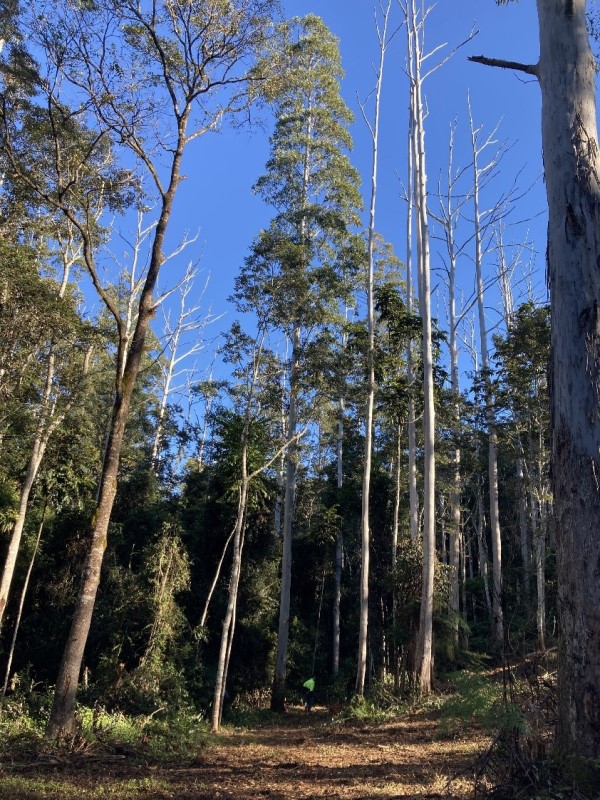Citizen Science - Bell Miner Associated Dieback
10 Dec 2021
Citizen Scientists needed to identify Bell Miner Associated Dieback
Citizen Science (CS) has become increasingly popular in an age when nearly all of us take a hand-held computer with us everywhere we go. From frog counts to light pollution and hay fever triggers, everyday citizens can contribute to vast and powerful datasets to help researchers and policymakers understand a wide range of phenomena in our changing world.
Being involved in a citizen science project is also a great way to join an online community, learn at your own pace and connect with others of similar interests. CS Apps are usually free and can range from local to global in their scope.
North Coast Local Land Services is currently delivering a five year project investigating the conditions, drivers and available management options for dealing with Bell Miner Associated Dieback (BMAD) in forests of the North Coast.
BMAD is a forest dieback process affecting tens of thousands of hectares of our native forests. It’s most prevalent in eucalypt-dominated forests with a high abundance of certain tree species favoured by sap-sucking insects, called psyllids.
Many of these forest stands are contained within – or sit directly adjacent to – our ancient Gondwana World Heritage-listed Rainforests. Continued degradation from the dieback poses a direct threat to the biodiversity, cultural and World Heritage values of these areas. Advanced Bell Miner Associated Dieback leads to altered fire regimes, weed invasion and the reduced diversity and abundance of arboreal mammals, birds and pollinators.
We would love your participation in our BMAD Citizen Science project – you can also learn more about BMAD by clicking here.
If Citizen Science speaks to you, there are many other projects you can be involved in through the NSW Citizen Science Hub on the SEED portal.

This project is supported by North Coast Local Land Services, through funding from the Australian Government’s National Landcare Program and in partnership with the NSW Saving Our Species Program and the Northern Rivers Fire and Biodiversity Consortium.